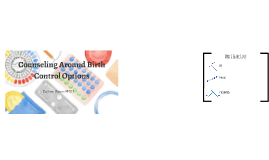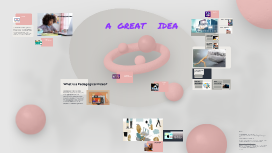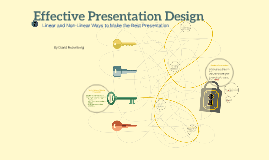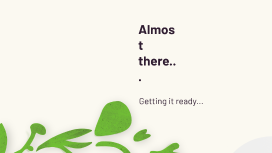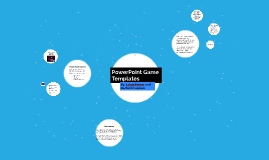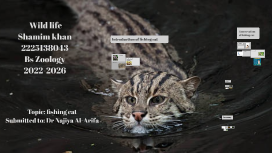Pedagogical Video
Transcript: What is a Pedagogical Video? A Pedagogical Video PowerPoint is a presentation program that enables users to create slide-based presentations incorporating text, images, videos, and other multimedia elements. It's widely utilized in educational, business, and personal settings to effectively convey information and support storytelling. History of PowerPoint Handling Questions First released in 1987, PowerPoint was initially developed by Forethought, Inc. It was later acquired by Microsoft, and its evolution has included numerous updates that enhanced usability and added features such as templates, transitions, and collaboration tools. A pedagogical video can be designed by educators . Effectively handling audience questions can enhance credibility. It's essential to listen attentively, provide concise responses, and maintain composure. If unsure, it's acceptable to offer to follow up later, ensuring accuracy in information shared. Overview of Features Key features of PowerPoint include slide layouts, templates, animation effects, and multimedia integration. These tools assist users in creating professional-looking presentations that can be customized to fit various needs and styles. Engaging with the Audience Audience engagement transforms a presentation from a monologue to a dialogue. Using open-body language, eye contact, and inviting questions creates an interactive atmosphere that can enhance understanding and retention of material. Importance in Presentations Learning Together Effective presentation delivery is crucial in capturing audience attention and conveying your message with impact. Mastering techniques in practice, managing nerves, engaging listeners, and addressing questions can significantly enhance the effectiveness of your presentations. Practicing Your Delivery PowerPoint plays a crucial role in modern presentations by providing a visual aid that enhances understanding and retention of information. Its design capabilities allow presenters to create engaging content that can effectively connect with audiences. Consistent rehearsal is key to effective presentation delivery. Practicing in front of a mirror or recording yourself can help identify areas for improvement, ensuring smoother delivery and confidence during the live presentation. Overcoming Nervousness Managing presentation anxiety is vital for effective delivery. Techniques such as deep breathing, visualization, and positive affirmations can help calm nerves, allowing the presenter to focus on the content instead of their anxiety. PowerPoint Presentation Visual Communication Techniques Fun facts about me. Visual communication enhances understanding and retention by presenting information in a visually compelling manner. Utilizing effective visuals can significantly impact audience engagement during presentations. Mastering the Art of Visual Storytelling Avoiding Clutter Cluttered slides can overwhelm the audience and dilute the message. Aim for simplicity by using ample white space, limiting text, and ensuring that visuals reinforce rather than detract from core ideas. Designing Slides Data Visualization Using Animations Effectively Using Images and Graphics Creating Infographics Data visualization transforms numerical data into graphical formats, allowing trends and insights to emerge clearly. Tools like charts and graphs present data intuitively, aiding decision-making. Animations can enhance presentations by guiding viewers' focus and illustrating processes dynamically. When used sparingly, they can emphasize key points without distracting from the main message. The Role of Visuals Effective slide design is crucial for creating visually appealing presentations that communicate key messages clearly. Thoughtful consideration of layouts, color schemes, fonts, and images enhances audience engagement and retention. Images and graphics significantly enhance audience engagement. Opt for high-quality visuals that complement and support your message. Be mindful of image placement to avoid clutter and ensure a balanced design that guides the viewer’s focus. Infographics communicate complex information succinctly and attractively. Utilize charts, diagrams, and icons to distill data into easily digestible formats. Infographics help bridge the gap between data and understanding, making them valuable in presentations. Visuals play a crucial role in enhancing comprehension, retention, and engagement. They complement spoken words, making complex information more digestible through charts, images, and diagrams. HOW YOU CAN HELP Slide Layouts Fonts and Typography Selecting appropriate fonts is essential for legibility and branding. Stick to a maximum of two different typefaces for consistency and clarity. Avoid overly decorative fonts; opt for clean, professional options that align with your presentation's tone. Choosing the right slide layout enhances the overall flow of your presentation. Common layouts include title slides, bullet points,






